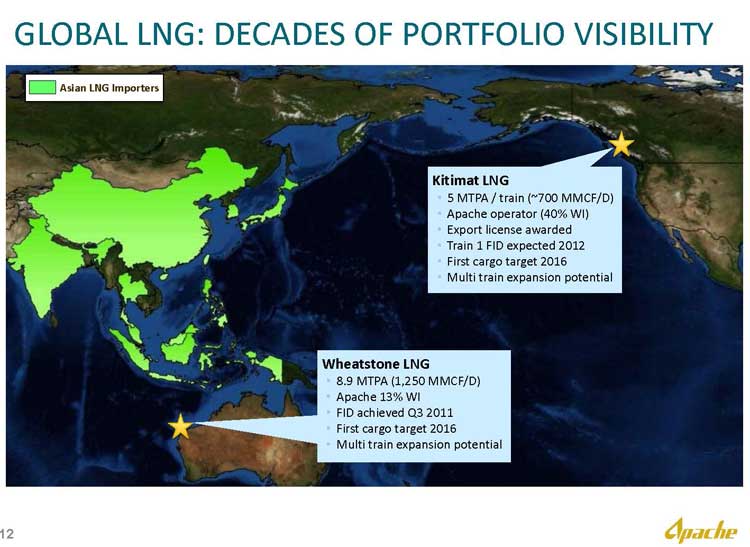Enbridge Northern Gateway says that 60 per cent of the aboriginal communities on the route of the $5.5 billion Northern Gateway oil pipeline have agreed to accept an equity stake in the project.
In releases to the media today, June 5, 2012, Enbridge says that half of the communities that signed up for a piece of the 10 per cent equity stake on offer are in British Columbia and the other half in Alberta.
There was immediate controversy because Enbridge is refusing to release the names of the communities that have signed up for the deal for “privacy reasons.”
The controversy was heightened late Tuesday when Enbridge spokesman Paul Stanway told The Terrace Standard the company’s deal with the Gitxsan First Nation still stands, despite the fact both a majority of the heriditary leadership of the Gitxsan and the elected council have rejected the agreement signed by one chief Elmer Derrick.
A blockade of the Gitxsan treaty office is continuing despite a court injunction ordering an end to the blockade.
“We feel we certainly have an agreement,” said Enbridge official Paul Stanway told the Standard in describing discussions it has subsequently had with Gitxsan officials. Stanway said the deal followed a protocol arrangement signed with Gitxsan chiefs several years ago.
“We are confident we were negotiating with the right people,” he said of discussions with treaty society chief land claims negotiator Elmer Derrick and other society officials.
In addition, Art Sterritt, executive director of the Coastal First Nations issued a news release that called Enbridge’s claims about aboriginal equity partners a “complete sham”.
 “We’ve checked with all First Nations on the pipeline route west of Prince George and only two First Nations have signed equity agreements,” Sterritt says in the release. “Enbridge expanded its pipeline corridor by 80 kilometres to increase its numbers. Many of those communities that have signed on are located outside of the areas that will be impacted by a spill.”
“We’ve checked with all First Nations on the pipeline route west of Prince George and only two First Nations have signed equity agreements,” Sterritt says in the release. “Enbridge expanded its pipeline corridor by 80 kilometres to increase its numbers. Many of those communities that have signed on are located outside of the areas that will be impacted by a spill.”
Sterritt also challenged Enbridge’s contentions on the Gitxsan deal, saying that the Gitxsan people have made it clear they don’t support the project. “They have strongly rejected the agreement.”
Sterritt concluded. “We intend to stop this project.”
Sterrit says his coastal alliance is “absolutely mystified” about the inclusion of the Metis — who don’t have aboriginal rights and title within the corridor — in Enbridge’s 60 per cent. (Representatives of the Metis have taken part in the Joint Review hearings from the opening days of hearings in Kitimat last January).
Enbridge has announced before that First Nations support the pipeline project but, with the exception of Derrick, has never publicly discussed which nations support the project.
The near simultaneous announcement by Enbridge of First Nation’s support for the pipeline and the statement that the company is sticking with its agreement with Elmer Derrick could raise more controversy by causing more splits within First Nations if a few individuals sign and then the agreement is repudiated by other leaders, as happened with the Gitxsan Nation.
The pipeline which would run more than 1770 kilometres from the Alberta bitumen sands to Kitimat, carrying 525,000 barrels of diluted bitumen in the first train and as much as 825,000 barrels in the second train. If everything is approved, Enbridge hopes to ship the bitumen by 2017.
“It’s a good place for us to start in demonstrating that there is aboriginal support for Northern Gateway,” Stanway said. “It’s not 100 per cent, but neither is it the wall of opposition that our opponents sometimes claim.”
The 10 per cent equity ownership for the First Nations who signed the deal will give them about $280 million over 30 years. They would see cash flow starting in the first year of the pipeline’s operation.
There are 45 First Nations along the pipeline, but Stanway wouldn’t give a final figure on how many signed on.
“Some of those are willing to partner with us. That’s not to say they still don’t have some concerns. They want to make sure that we build and operate the pipeline as safety as possible.”
Wilf Adam of the Lake Babine First Nation in Burns Lake, B.C., the Canadian Press (as reported on the Global BC site) he refused to sign the equity agreement because Enbridge was unwilling to release more details in the contract.
“I’d been asking for the financial figures and I’d been asking about the employment. They said there would be a lot of employment.”
Adam told CP it appeared to him that there would be few jobs available for his people. Hesaid there was a flurry of emails and phone calls from Enbridge officials after the company moved the deadline for signing the equity agreement up to May 31.
Related links
Reuters: Enbridge Northern Gateway wins some native support
Globe and Mail: Some first nations want equity in Northern Gateway, but opposition remains
Common Sense Canadian Tough Questions for Enbridge on its Alleged Support from First Nations
CBC Majority of aboriginal communities sign on to Northern Gateway





